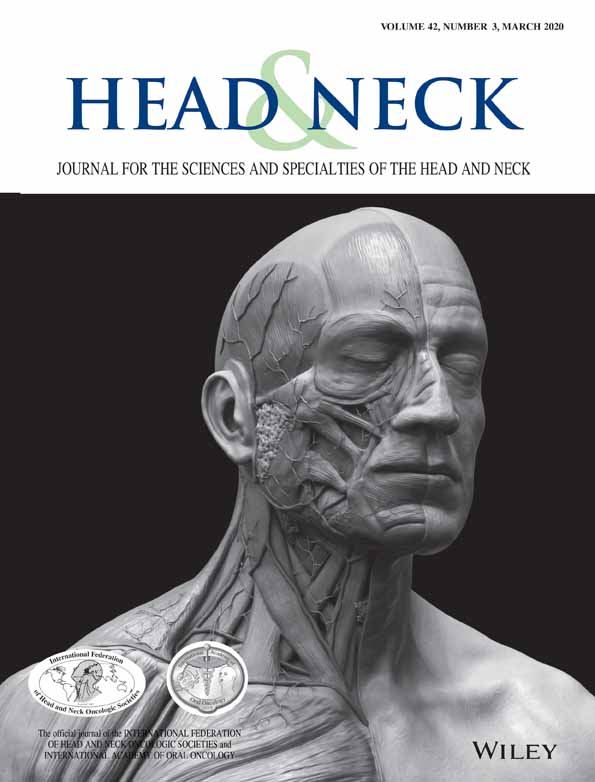Pharyngeal swallowing mechanics associated with upper esophageal sphincter pressure wave
Abstract
Background
Opening of the upper esophageal sphincter (UES) is a critical element of swallowing. Understanding the functional pharyngeal anatomy during UES opening would be clinically useful for dysphagia evaluation and treatment.
Methods
Simultaneous high-resolution pharyngeal manometry and videofluoroscopy (VFS) videos for 18 nondysphagic subjects were evaluated. UES pressure readings were segmented into six pressure phases, including a poorly understood pre-relaxation contraction. Anatomic landmarks were tracked in VFS imaging and evaluated morphometrically to determine the movement of key swallowing structures within each UES pressure phase.
Results
There were significant differences in pharyngeal mechanics by UES pressure stage (range of D-values = 1.7-2.2, P < .0001). The soft palate maximally elevates during the pre-relaxation contraction of the UES. Early during UES relaxation, the hyolaryngeal complex and pharyngeal structures maximally elevate and pharyngeal structures constrict around the bolus.
Conclusion
The mechanics underlying the UES pressure wave suggest generation of a sealed pharyngeal cavity, possibly integral to pharyngeal pressure generation and bolus propulsion.
CONFLICT OF INTEREST
N.H.M. and W.G.P. declare no potential conflict of interest. C.W.H. and A.K.O. are consultants for Medtronic, Inc.




